Middle English is what people spoke between roughly 1100 and 1500. It sat right between Old English (which looks more like ancient runes) and Modern English (what you’re reading now). Here are five well-known Middle English examples that still pop up in literature and history classes:
- Thou – a familiar form of “you” used to address one person
- Yclept – means “named” or “called”
- Eke – a poetic word for “also”
- Swain – a romantic term for a young man
- Quoth – an old-fashioned way to say “said”
In this article, we’ll walk through some Middle English words and explain why the language still matters. And if you're trying to decode a piece from 13th-century literature or simply need professional writing support to get through your workload, EssayPro's cheap paper writing service always has your back.
What Is Middle English?
Middle English was the language spoken between the 12th and late 15th centuries. It developed after a series of social and political changes, especially the Norman Conquest, which flooded the English language with French influence. During this time, there were no tidy grammar rules. People spelled words however they liked. Besides French, thousands of new words entered the language from Latin and Norse.
Digging deep into Middle English can help you understand how our language became what it is today. Every “thou,” every odd spelling, tells the story of how English grew into the almost universal language that it is today.
It's easy to get lost in translation, though, so it's definitely a good idea to get English assignment help from time to time.
Features of Middle English
Middle English worked differently. It all took a turn eventually: the grammar, pronunciation, the whole Middle English spelling... These changes weren't immediate, but eventually they still managed to make the language far more recognizable than the Old English that came before.
Grammar and Syntax Changes
Middle English grammar was looser than that of Old English, which was packed with inflectional endings (those little endings on words that told you who was doing what). By the Middle English period, word order began doing more of the work, and those endings started disappearing. Here's what changed:
- Noun cases (like nominative, accusative, and dative) mostly disappeared
- Word endings became simpler or dropped entirely
- The subject-verb-object structure became more common
- Articles like a, an, and the appeared more often
- Prepositions took on a bigger role in showing relationships between words
Pronunciation and Spelling Variations
Middle English didn't sound anything like what we've learned in school. The pronunciation and spelling were, let's say, experimental. For example, the word knight was pronounced something like “k-neecht.” The k and gh weren’t silent. As rich as all of this made the English language, they also made it a little unpredictable. But that was part of its charm. Some key traits:
- Vowel sounds were longer and more pronounced
- The same word could be spelled five different ways in one paragraph
- Letters like þ (thorn) and ȝ (yogh) were still in use
- Silent letters didn’t exist yet. Words were spelled how they sounded
- French influence brought new sounds and spellings into the mix
Middle English Words Examples
You have to look at the words themselves if you really want to get a feel for Middle English. You'll find that some common Middle English words sound surprisingly familiar, but others feel like they've been borrowed from a fantasy novel. Each one of them, though, shows how the English language was slowly turning into what we speak today.
Take a look at 20 words that used to pop up in Middle English texts all the time. You might recognize them from poetry and ballads, but these were the words that people actually used in everyday conversations:
Middle English Sentences Examples
It's not like Middle English phrases were completely random, but the vocabulary and sentence structures were shaken up, especially compared to Old English. Rules weren't set in stone like they are now, either. Here's what you'll notice if you read full sentences:
- The usual word order was subject–verb–object, but it could shift around, especially in poetry
- Adjectives usually came before nouns, just like today
- Verbs changed based on who was doing the action, with more endings than we’re used to
- Double negatives were common
- Relative clauses often started with whan, that, or which
- Articles like the and a became more consistent
For example:
Middle English: Whan men ben glad, ful ofte they singe and daunce.
Modern English: When people are happy, they often sing and dance.
You can find students analyzing sentence structures from this time period anywhere from medieval literature essays to computer science coursework that explores natural language processing and historical language models.
Middle English Examples from Literature
You don’t have to dig through ancient manuscripts to see Middle English in action. It's right here in some of the most iconic literary works ever created. In the next section, we'll talk about some of the well-known examples of Middle English literature:
- The Pearl (also by the Pearl Poet)
- The Owl and the Nightingale (anonymous)
- Confessio Amantis by John Gower
- Piers Plowman by William Langland
- Sir Gawain and the Green Knight by the Pearl Poet
- The Canterbury Tales by Geoffrey Chaucer



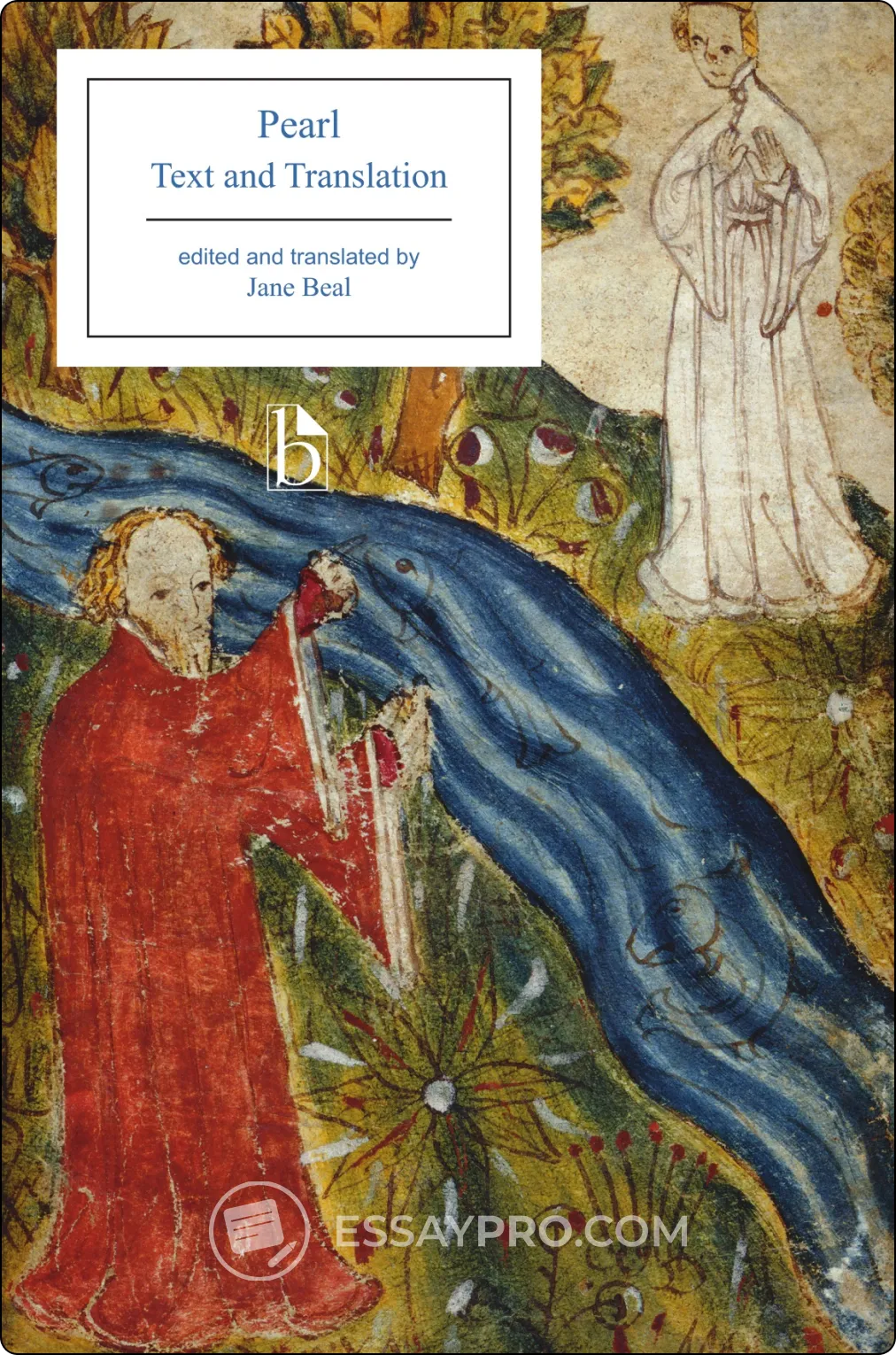
The Pearl
Key linguistic features:
- Alliterative revival style
- Rich imagery and intricate symbolism
- West Midlands dialect
- Circular stanza structure with link words
Examples of words:
- Prysyous – precious
- Þurgh – through
- Lorde – lord
- Dede – deed
- Dremed – dreamed
The anonymous writer, The Pearl Poet, was often called the Gawain poet. It was he who wrote both The Pearl and Sir Gawain and the Green Knight. We've already talked about the latter, but the former is also worth mentioning. The dialect and poetic structure here are much more lyrical and symbol-heavy.

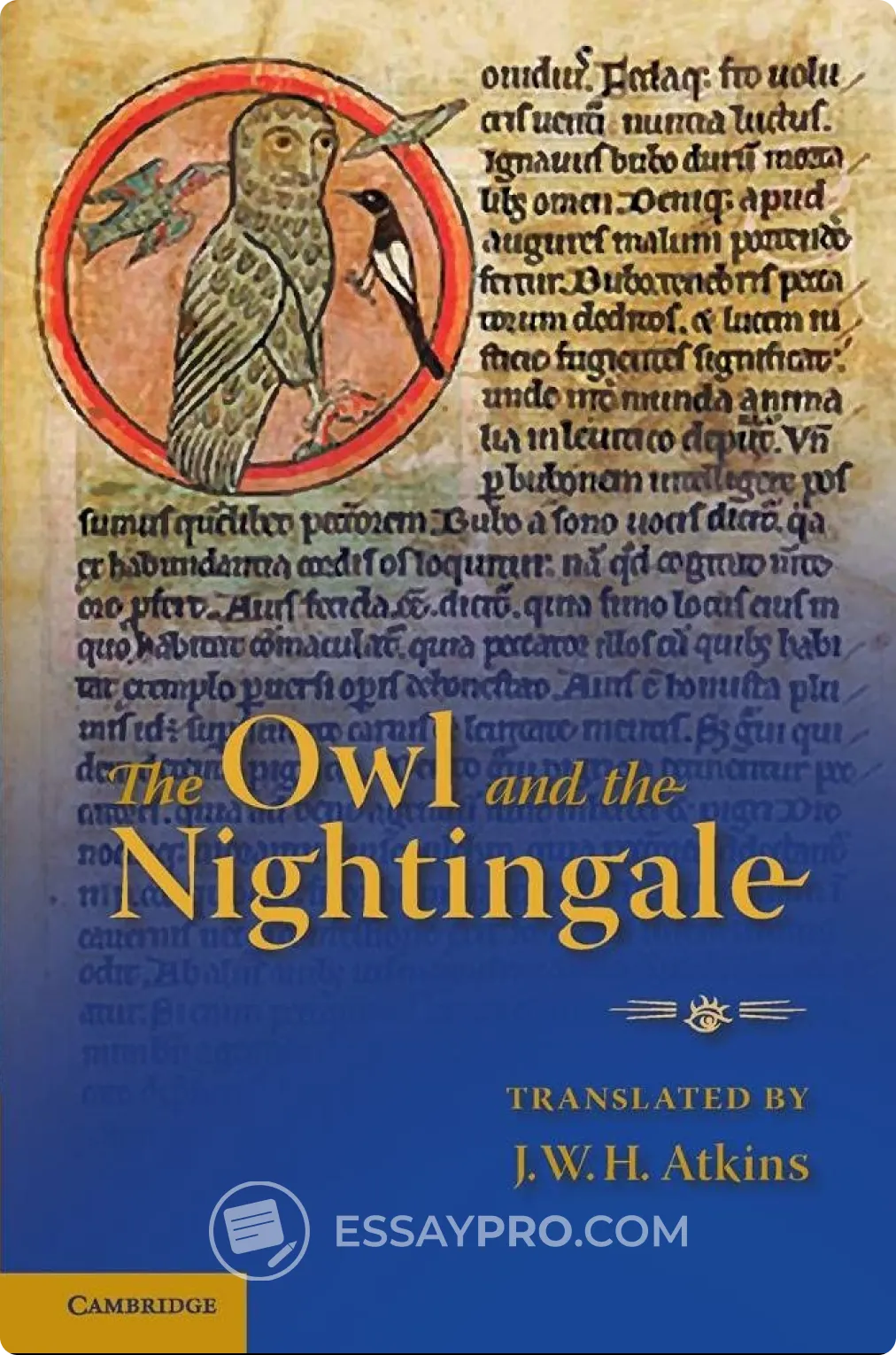
The Owl and the Nightingale
This lively debate between two birds was written in a Southern dialect. Even though it was created somewhere between the twelfth and thirteenth centuries, it sounds surprisingly modern in tone.
Key linguistic features:
- Early use of rhyming couplets
- Strong Southern dialect elements
- Flexible word order and structure
- Clear narrative style with satirical tone
Examples of words:
- Noy – annoyance
- Bebote – to make better
- Clepen – to call
- Latþe – delay
- Speche – speech


John Gower’s Confessio Amantis
Gower wrote in a more formal and moralistic tone than Chaucer. Confessio Amantis includes many Latinisms and uses a more uniform, courtly dialect.
Key linguistic features:
- Influence of French and Latin vocabulary
- Rhyme royal (seven-line stanzas in iambic pentameter)
- Polished and structured grammar
- Reflects courtly and scholarly register
Examples of words:
- Envye – envy
- Clergie – scholarship or learning
- Benigne – kind
- Disposicioun – character or mood
- Fro þat tyde – from that time

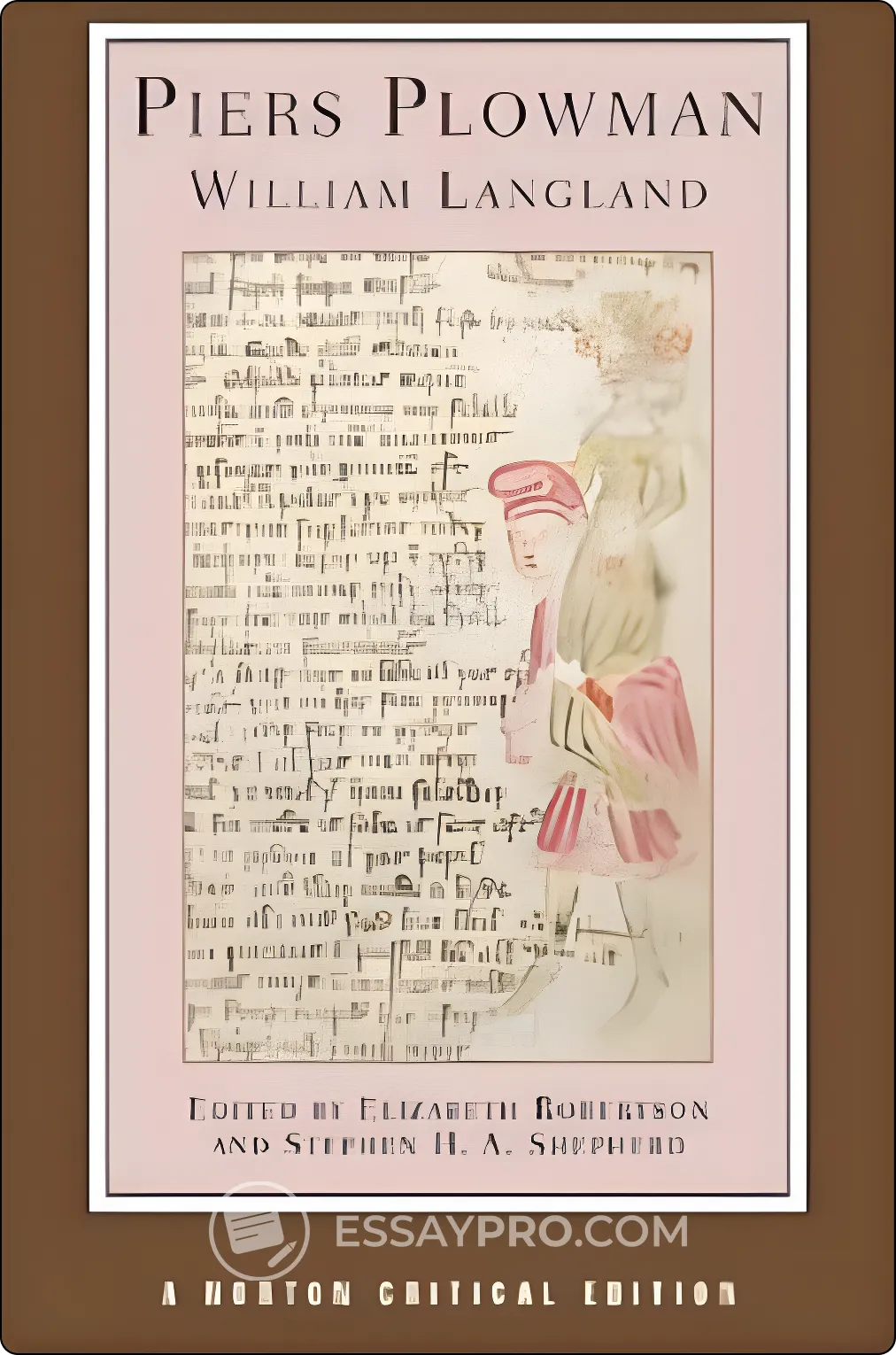
Piers Plowman by William Langland
Piers Plowman is written in alliterative verse. The raw, rhythmic language William Langland used makes the story feel like something made to be spoken out loud.
Key linguistic features:
- Alliteration as the primary structural device
- West Midlands dialect influence
- Unrhymed verse with irregular rhythm
- Use of both Latin and native English vocabulary
Examples of words:
- Lore – knowledge
- Hende – courteous
- Leche – doctor
- Sothnesse – truth
- Falshede – falsehood

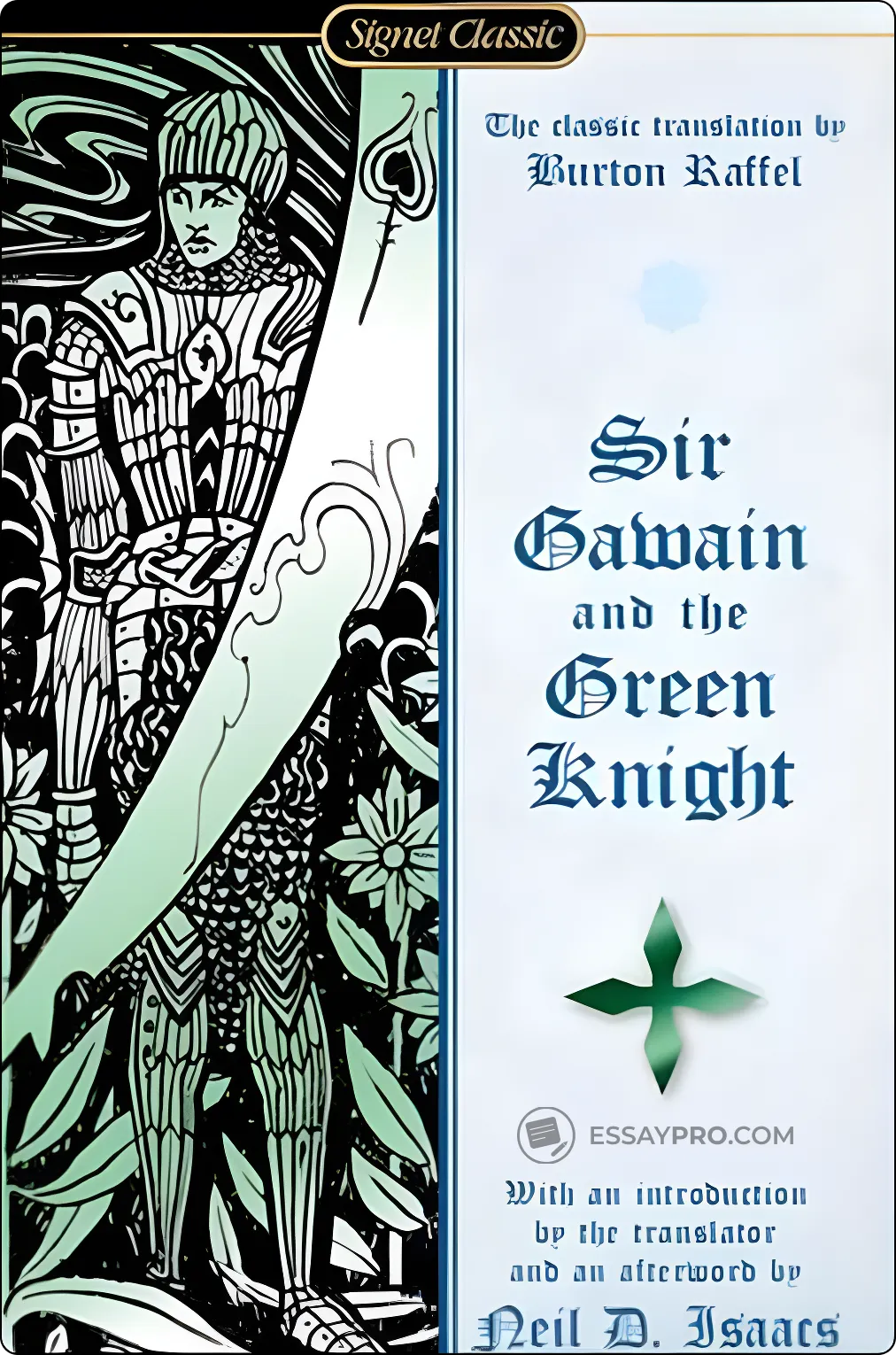
Sir Gawain and the Green Knight
This Arthurian poem was written in a northwest Midlands dialect and is known for its elaborate alliteration and formal style.
Key linguistic features:
- Heavy alliterative verse instead of rhyme
- Unique regional vocabulary
- A mix of Germanic and French-derived words
- Rich descriptive language and complex sentence structure
Examples of words:
- Brent – burned
- Knyȝt – knight
- Yȝelde – yield
- Felle – fierce or deadly
- Swete – sweet

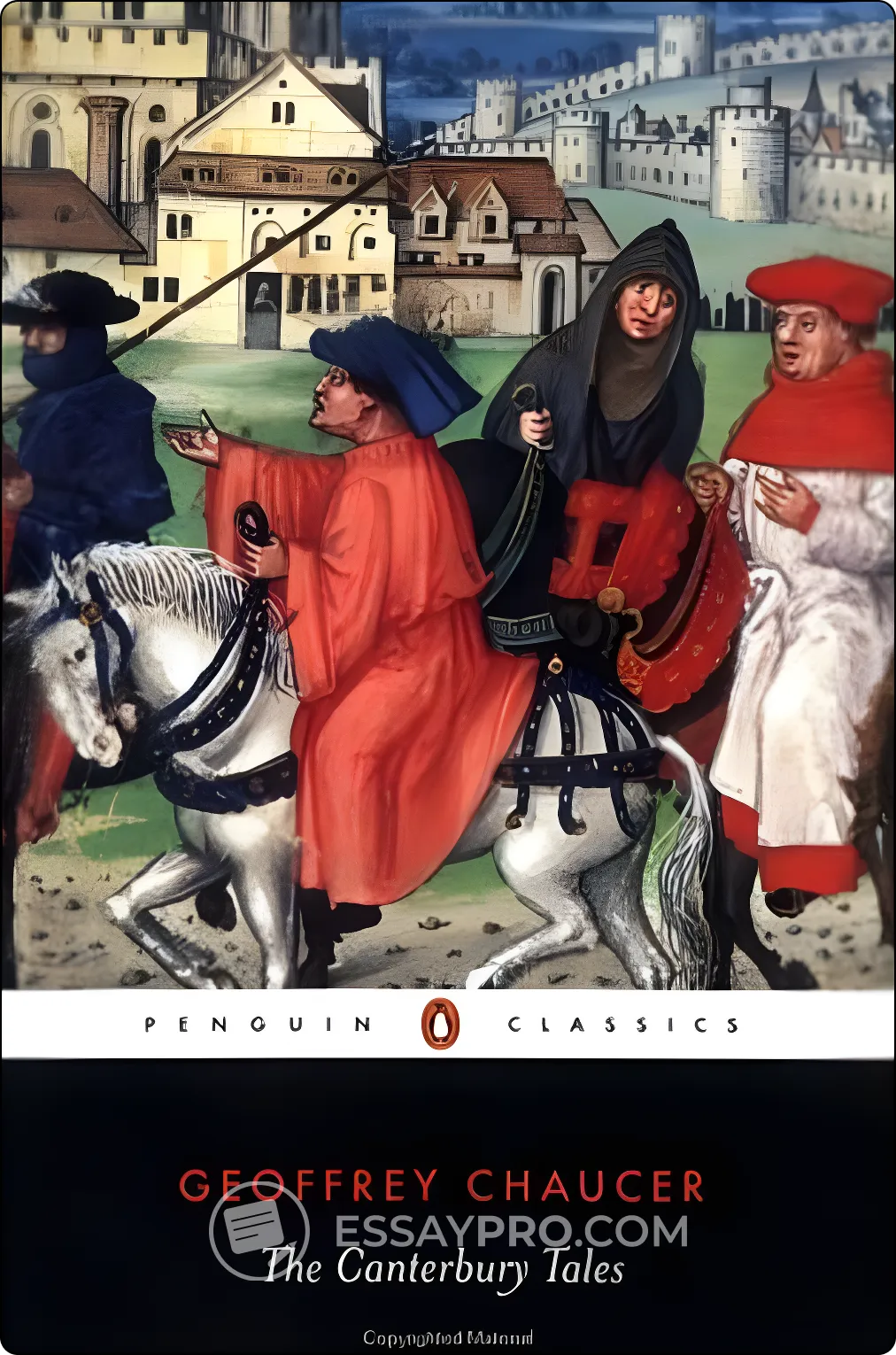
The Canterbury Tales
Geoffrey Chaucer’s The Canterbury Tales is often the first stop on any journey through Middle English. This late fourteenth-century collection of stories reflects the London dialect, which would later influence standard language.
Key linguistic features in The Canterbury Tales:
- Clear use of subject-verb-object structure
- Frequent French and Latin borrowings
- Consistent use of rhyming couplets in iambic pentameter
- Shows transition from older inflected endings to simpler forms
Middle English vocabulary examples from the text:
- Thou wolt – you will
- Yeman – yeoman (a servant or attendant)
- Soote – sweet
- Whan – when
- Wende – went
It helps to understand different parts of a literary work when you're trying to decode it. Read our article on what is an epigraph and what power it holds in literature.
In Wrapping Up
Middle English felt like a linguistic turning point. Grammar was shifting. Spelling wasn’t fixed. But inside that whole mess, you can still see the English language as we know it today taking shape. Here's what's worth remembering:
- Middle English was spoken for about 400 years, starting after the Norman Conquest
- It used Latin, French, and Norse vocabulary along with local dialects
- Grammar got simpler, but spelling and pronunciation were all over the place
- Texts like The Canterbury Tales, Piers Plowman, and Sir Gawain show how flexible the language had become
If you're trying to build a research paper around a Middle English passage or simply figure out how to write a survey that connects language and history, EssayPro’s expert writers can give you a little push when you're not sure where to start.
Papers Piling Up?
Submit your English assignments on time and completely stress-free with professional help from EssayPro.
FAQ
What Is Middle English?
Middle English is the form of English spoken and written roughly between 1100 and 1500. It was heavily influenced by Norman French and Latin, and it shaped the English language we use today.
What Is an Example of Middle English Literature?
The Canterbury Tales by Geoffrey Chaucer is one of the best-known examples. Other important works include Sir Gawain and the Green Knight, Piers Plowman, and The Owl and the Nightingale.
What Are Examples of Middle English Words?
Common Middle English words include thou (you), yclept (called), eke (also), quoth (said), and swain (young man).

Ana Ratishvili
Ana is a professional literary writer with a Master’s Degree in English literature. Through critical analysis and an understanding of storytelling techniques, she can craft insightful guides on how to write literary analysis essays and their structures so students can improve their writing skills.
- The history of the English language - Middle English syntax. (2020, February 13). The Historical Linguist Channel. https://thehistoricallinguistchannel.com/the-history-of-the-english-language-middle-english-syntax/
- About Middle English. (n.d.). Www.ling.upenn.edu. https://www.ling.upenn.edu/~dringe/CorpStuff/Thesis/Middle_English.html





.webp)

